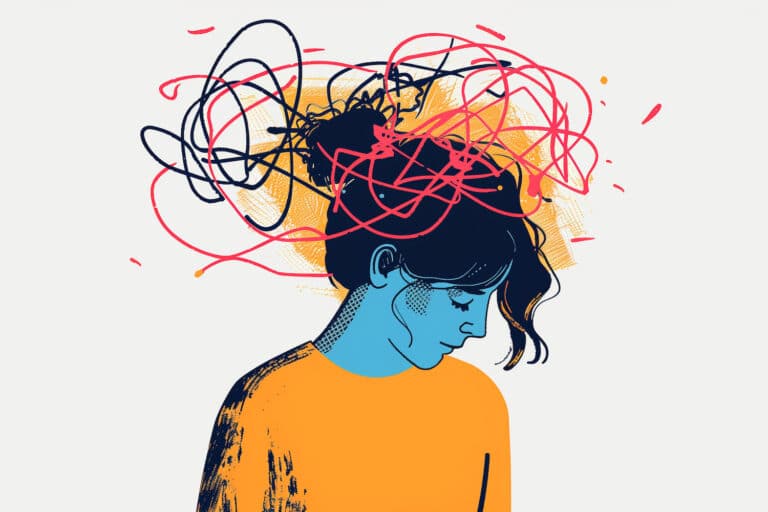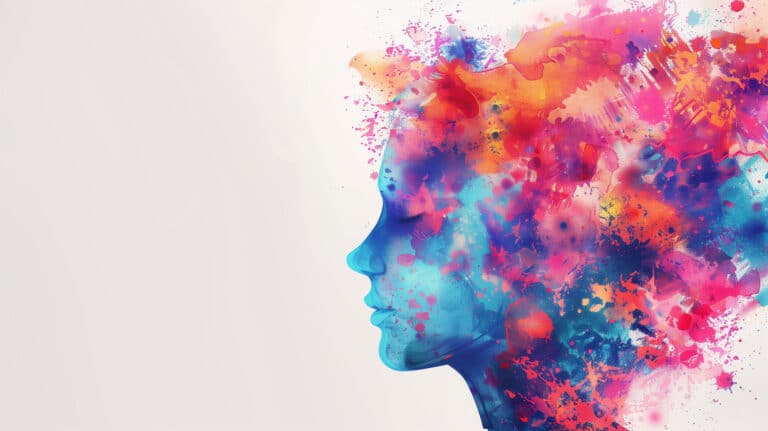Your sense of self-worth has a strong connection to your body image. However, what do you do when there is a disconnect? CBT used in eating disorder treatment is a powerful tool that yields excellent results. How could this treatment option change your life?
CBT Helps When You Lose Sight of Your Inherent Worth
Cognitive behavioral therapy, or CBT, acknowledges that there are connections between thoughts, actions, and feelings. Feelings directly affect the way you react. Similarly, ideas fuel the ways you feel. Therefore, even one area of disconnect can result in a dangerous outcome.
Some disconnections are small. For example, feeling icky about spiders could make you act in disgust when you see one. Other disconnects are more significant. The Nationa Eating Disorders Association reports that some eating disorders stem from thoughts that over-emphasize body shape.
Why CBT for Eating Disorder Treatment Works
The modality focuses on the cognitive process of opinion development. With the help of a therapist, you explore new possibilities. By gaining a functional perspective of body shape and its importance, you can also restore your health. Healing the thoughts and then allowing the recovery to trickle down to emotions and actions is possible.
You realize that all foods fit. Similarly, you learn about healthy nutrition that nourishes the body. Within a peaceful setting, you practice introspection. Over a short time, you can then develop self-acceptance.
New Possibilities through Fitting the Modality into an Individualized Care Protocol
Utilizing CBT during eating disorder treatment alone isn’t enough to promote whole-person healing and growth. Rather, it’s one facet. Other care options include:
- Medical care that protects your health, gauges a return to bodily healing, and helps you celebrate victories
- Process group therapy that allows for the development of self-esteem through peer encouragement
- Life skills training that includes portioning, cooking, and similar options
- Trauma treatment for program participants with unresolved events from the past, which contribute to their eating disorder
- One-on-one therapy that focuses on strength building, personal development, and goal setting
Frequently, there are experiential treatments. These are hands-on opportunities for implementing the coping skills you developed. Besides that, outings and group events deepen the camaraderie with peers. Overcoming self-isolation is essential for personal growth.
Most importantly, it sets you up for success when you visit support groups for aftercare. Almost all program participants choose to seek out these types of groups. They are close to home and continue the peer counseling aspect. Furthermore, they maintain your focus on long-term recovery, which is an essential mindset.
Mindfulness Therapy Assists with Recovery
Another critical part of healing is mindfulness therapy. With mindfulness therapy, when you experience stress and negative emotions, you learn to put them into perspective. Breathing through stressful impulses prevents old responses. As a result, it focuses your attention on the healthy connections you’re making between thoughts, feelings, and actions.
Some program participants expand on this treatment through yoga. By combining meditation, breathing, mindfulness, and yoga stretches, you take a time out for yourself. It’s an act of self-care that becomes more important as you return home.
Enlist the Help of Therapists to Overcome Eating Disorders
Are you ready to find out how CBT as part of eating disorder treatment could make a significant difference in your life? Connect with Magnolia Creek specialists. Dial [DirectNumber] today to learn about your options.




